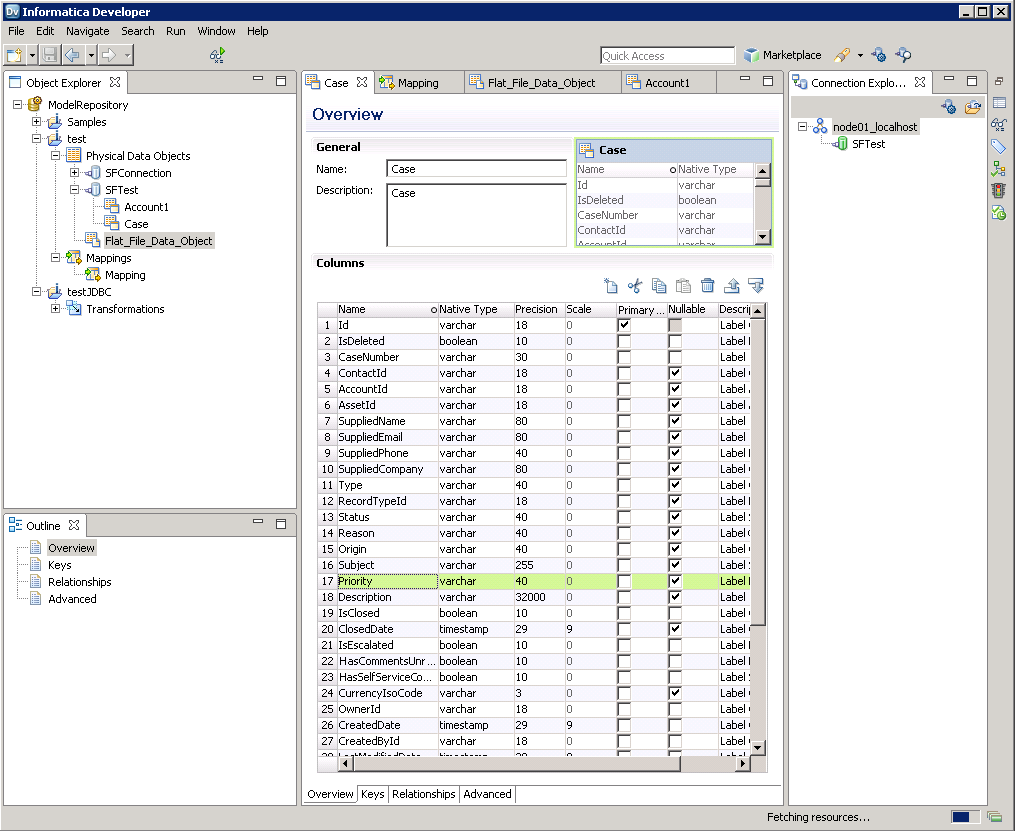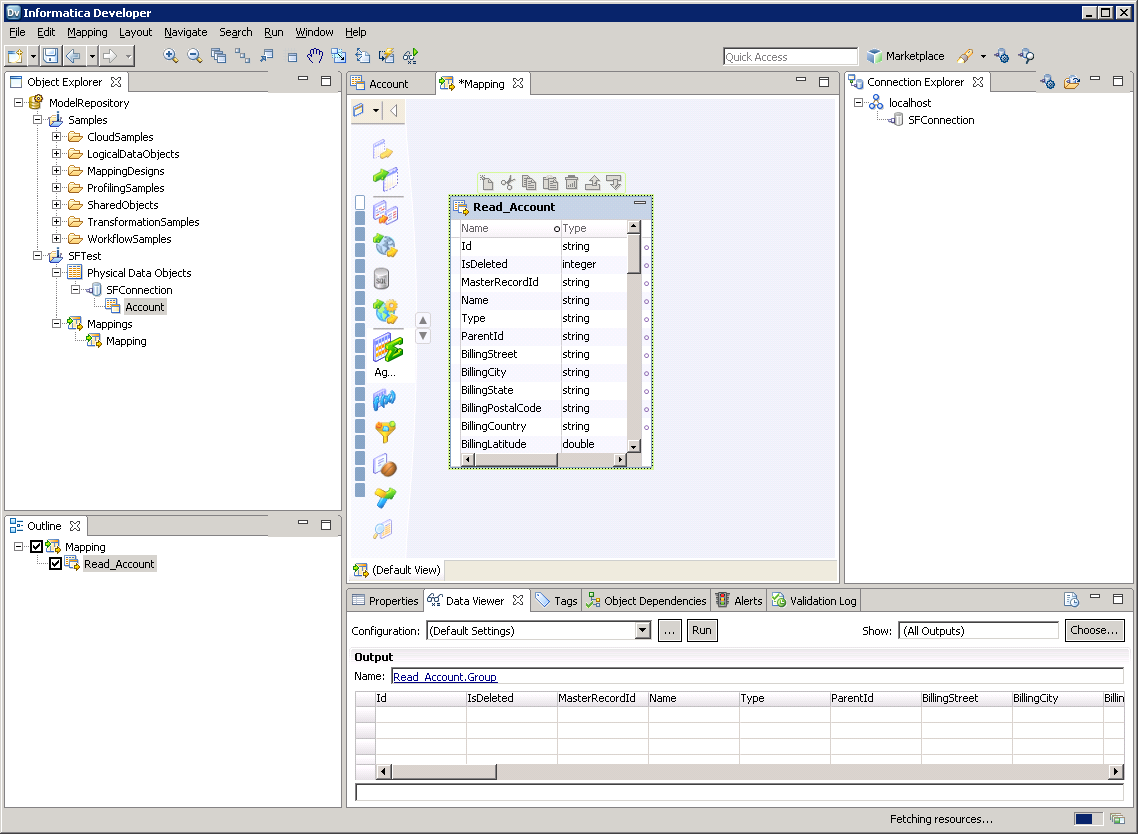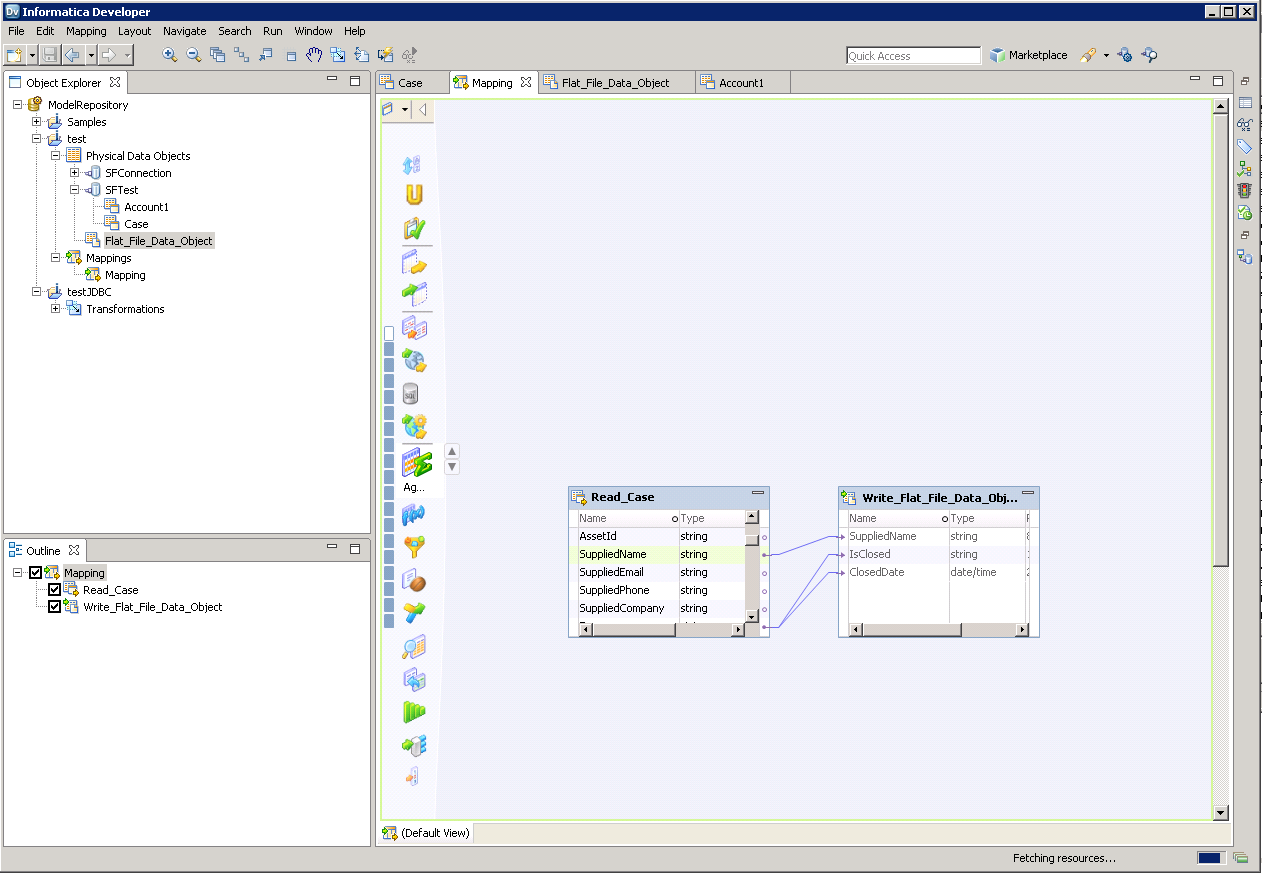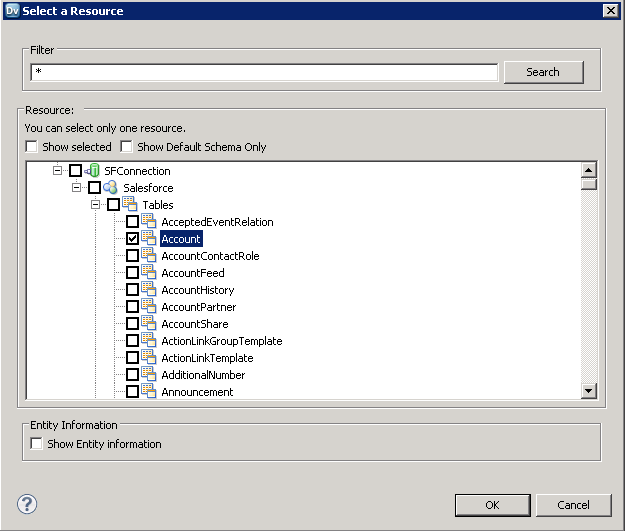Model Context Protocol (MCP) finally gives AI models a way to access the business data needed to make them really useful at work. CData MCP Servers have the depth and performance to make sure AI has access to all of the answers.
Try them now for free →Create Informatica Mappings From/To an ODBC Data Source for SAP BusinessObjects BI
Create an ODBC connection to SAP BusinessObjects BI in Informatica and browse and transfer SAP BusinessObjects BI data.
Informatica provides a powerful, elegant means of transporting and transforming your data. By utilizing the CData ODBC Driver for SAP BusinessObjects BI, you are gaining access to a driver based on industry-proven standards that integrates seamlessly with Informatica's powerful data transportation and manipulation features. This tutorial shows how to transfer and browse SAP BusinessObjects BI data in Informatica PowerCenter.
Connect to SAP BusinessObjects BI as an ODBC Data Source
Information for connecting to SAP BusinessObjects BI follows, along with different instructions for configuring a DSN in Windows and Linux environments.
To connect to your SAP Business Objects BI instance, you must set the following connection properties:
- Url: set this to the rest API URL. After logging into the Central Management Console, choose 'Applications' from the combo box. Double-click on 'RESTful Web Service' and you'll see the access URL. By default it is, http://{Server-Name}:6405/biprws.
- User: set this to the username of your instance.
- Password: set this to the password of your instance.
Windows
If you have not already, first specify connection properties in an ODBC DSN (data source name). This is the last step of the driver installation. You can use the Microsoft ODBC Data Source Administrator to create and configure ODBC DSNs.
Linux
If you are installing the CData ODBC Driver for SAP BusinessObjects BI in a Linux environment, the driver installation predefines a system DSN. You can modify the DSN by editing the system data sources file (/etc/odbc.ini) and defining the required connection properties.
/etc/odbc.ini
[CData SAPBusinessObjectsBI Source]
Driver = CData ODBC Driver for SAP BusinessObjects BI
Description = My Description
User = username
Password = password
Url = http://myinstance:6405/biprws
For specific information on using these configuration files, please refer to the help documentation (installed and found online).
Create a Linked Table to MyCustomReport Data
Follow the steps below to create a linked table, which enables you to access live MyCustomReport data.
Create the ODBC Connection
Follow the steps below to connect to SAP BusinessObjects BI in Informatica PowerCenter:
- In the Informatica Developer tool connect to your repository and create a project.
- In the Connection Explorer pane, right-click and click Create a Connection.
- In the New Database Connection wizard that is displayed, enter a name and Id for the connection and in the Type menu select ODBC.
- In the Connection String property, enter the DSN.
NOTE: If you are working in a Linux operating system, set the Driver Manager for Linux property to unixODBC 2.3.x.
Create the SAP BusinessObjects BI Data Object
After you have created an ODBC connection to SAP BusinessObjects BI, you can now access SAP BusinessObjects BI entities in Informatica. Follow the steps below to add MyCustomReport entities to your project.
- In the Object Explorer, right-click your project and then click New -> Data Object.
- In the wizard that is displayed, select the Relational Data Object option.
- Click the Browse button next to the Connection box and select the ODBC connection you created in the previous step.
- Select the option to create a data object from an existing resource and click the Browse button next to the Resource box.
- In the dialog that is displayed, clear the Show Default Schema Only option and expand the node for the ODBC connection. Select the entity that you want.
![The driver models SAP BusinessObjects BI entities as relational tables. (Salesforce is shown.)]()
You can now browse the table in the Data Viewer: Right-click the node for the table and then click Open. On the Data Viewer view, click Run.

Create the Mapping
Follow the steps below to add the SAP BusinessObjects BI source to a mapping:
- In the Object Explorer, right-click your project and then click New -> Mapping.
- Expand the node for the SAP BusinessObjects BI connection and then drag the data object for the table onto the editor.
- In the dialog that appears, select the Read option.

Follow the steps below to map SAP BusinessObjects BI columns to a flat file:
- In the Object Explorer, right-click your project and then click New -> Data Object.
- Select Flat File Data Object -> Create as Empty -> Fixed Width.
- In the properties for the SAP BusinessObjects BI object, select the rows you want, right-click, and then click copy. Paste the rows into the flat file properties.
- Drag the flat file data object onto the mapping. In the dialog that appears, select the Write option.
- Click and drag to connect columns.
To transfer SAP BusinessObjects BI data, right-click in the workspace and then click Run Mapping.



